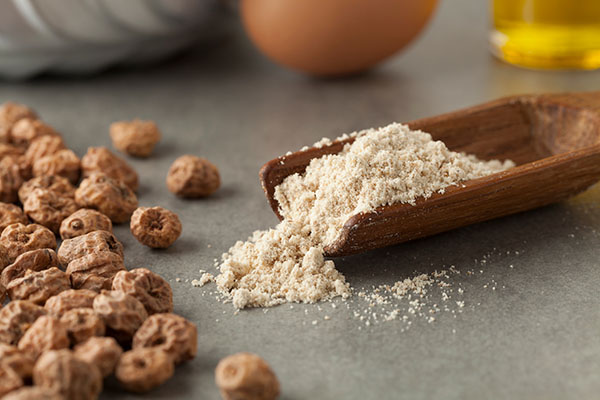
Advertisement
Quinoa and rice are often compared to each other, but they are different in more ways than one. For starters, quinoa is a seed, whereas rice is a grain. Many people confuse quinoa as a grain because it is cooked and consumed like one. But which is better for your health?
Nutritional differences
Rice and quinoa contain different nutrients. It also depends on the type of rice you are eating.
- Calories — Among white rice, brown rice, and quinoa, white rice contains the most calories. A 100 g serving of white rice contains 130 calories. The same serving of quinoa and brown rice contains 120 and 111 calories, respectively. Quinoa also has slightly more fat than white rice.
- Glycemic index – White rice has the highest glycemic index (GI) compared with quinoa and brown rice. It has a GI of about 70, while quinoa and brown rice have a 53 and 50 GI, respectively.
- Carbohydrate content – Quinoa contains the least carbohydrates compared with brown rice and white rice. It only contains 21 g of carbs compared with 23 g in brown rice and 28 g in white rice.
- Mineral content – Quinoa contains more potassium, phosphorus, and magnesium than brown rice, while brown rice contains more niacin. It contains 172 milligrams (mg) of potassium, 152 mg of phosphorus, and 64 mg of magnesium. On the other hand, brown rice provides 83 mg of phosphorus and 43 mg each of magnesium and potassium. Additionally, brown rice offers eight percent of the recommended daily intake of niacin.
- Protein – Quinoa contains more and better proteins than most grains and serves as a complete protein source. While rice provides good amounts of lysine and isoleucine, quinoa contains higher levels of these amino acids.
- Antioxidants – Both brown rice and quinoa contain high amounts of powerful antioxidants.
- Fiber – Eating a cup of quinoa will give you 5 g of dietary fiber, which is more than white or brown rice.
- Other nutrients – Quinoa contains the most amount of sodium among brown rice and white rice, but it also has the highest calcium and iron content. However, quinoa doesn’t contain omega-3 and omega-6 fatty acids, whereas brown rice has 14 mg and 309 mg of omega-3 and omega-6, respectively.
Health benefits
Quinoa and rice have similar and different effects on some aspects of health. Here are some of them:
- Weight loss – Brown rice and quinoa both promote weight loss because of their fiber content. It’s just that quinoa contains more fiber than brown rice. Fiber aids in digestion and prevents cravings, which help with losing weight. (Related: Quinoa nutrition – why quinoa can help you lose weight and improve your health.)
- Easing constipation – The fiber in brown rice and quinoa can help relieve constipation, which promotes cardiovascular health and aids in digestion.
- Gastroprotective effect – In an animal study published in Food Chemistry, researchers found that the polysaccharides in quinoa have anti-inflammatory effects that prevent acute gastric lesions. Rice, particularly rice bran and its oil, also have a gastroprotective effects, according to a study published in the Chonnam National University medical journal.
- Gluten-free – Rice and quinoa are gluten-free, making them both a great option for anyone who has an intolerance to gluten. Research published in Food Chemistry suggested that consuming quinoa instead of other gluten-free food, including rice flour, is better as it can increase the nutrient and antioxidant value of the diet.
- Lowering blood pressure – The potassium in quinoa and brown rice lowers the risk of high blood pressure and blood vessel damage.
- Regulating blood sugar – Both brown rice and quinoa can help in blood sugar control.
Taking all these things together, both rice and quinoa offer their own health benefits. Brown rice is a lot healthier than white rice, and it is almost on par with quinoa. So whether you choose quinoa or brown rice, you’re surely adding something healthy to your diet.
Sources include:
Advertisements







